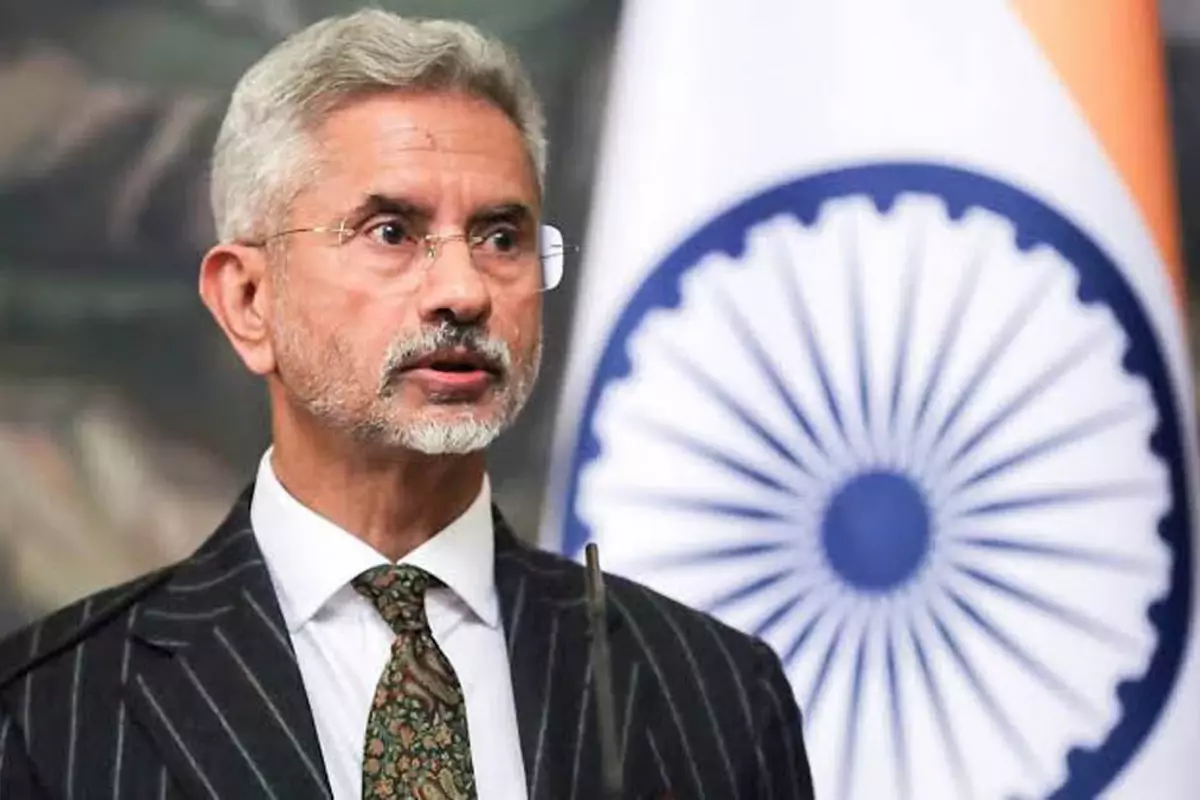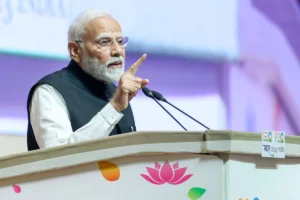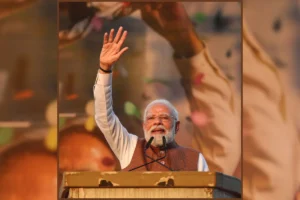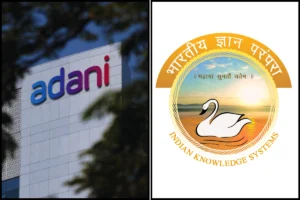
According to S Jaishankar, minister of external affairs, the Border Roads Organization’s yearly budget has increased from 3,782 crore in 2013–14 to 14,387 crore in 2023–24.
According to S Jaishankar, the external affairs minister, India’s capacity to respond to Chinese actions along the Line of Actual Control (LAC) has greatly increased as a result of the government’s focus on border connectivity and infrastructure over the past nine years.
S Jaishankar, the minister of external affairs, speaks with the media about the problem of border infrastructure on Monday in New Delhi.
In an interview with reporters where the topic of the Modi government’s efforts to strengthen border infrastructure was discussed, he claimed that India and China are still in negotiations to resolve the dispute in the Ladakh area.
Normalizing India-China relation
From April to May 2020, the two sides have been engaged in a military standoff in eastern Ladakh. After a devastating battle in the Galwan Valley that left 20 Indian soldiers and at least four Chinese soldiers dead, bilateral relations reached their lowest point in six decades. According to Jaishankar, normalizing India-China relations is impossible without reestablishing calm and harmony along the border.
According to Jaishankar, India suffered because past governments had the mistaken belief that leaving border regions undeveloped would dissuade invasions. China, on the other hand, had the first-mover advantage because it progressively expanded infrastructure on its side of the LAC beginning in the 1990s. According to him, the Chinese side’s contestation and patrolling have intensified as a result of the infrastructure improvement.
He claimed that India’s building of infrastructure on its own land had nothing to do with the current deadlock, which was instead brought on by the “intentions” of the Chinese side.
“Chinese troops used to arrive in automobiles, whereas our men arrived on mule routes in the past. Now, one major factor in our ability to send out a huge number of troops is infrastructure. China benefited from being the first to act, but now we must act regardless of how China feels, he said.
Jaishankar questioned: “After 2014, [is the] Indian military able to deploy and counter any Chinese movement better? “, pointing out that the annual budget for the Border Roads Organisation (BRO) has increased from 3,782 crore in 2013–14 to 14,387 crore in 2023–24. Absolutely, without a doubt.
Also read: “Won’t Hestitate From Taking Lives…” Says BJP Leader Infamous For His Controversial Comments
Improvement in border infrastructure
He asserted that because border infrastructure had improved, Indian forces could deploy quickly in 2020. “We would have been at a severe disadvantage if the same event had occurred in 2014. We failed to match their infrastructure development, he claimed.
The overall length of roads constructed in border regions from 2014 to 22 was 6,806 km, compared to 3,610 km from 2008 to 14. Arunachal Pradesh will add 1,800 km of new roads at a cost of 30,000 crore, and five important tunnels have been finished in the last three years to improve access to crucial mountain routes, which are now only closed for a smaller portion of the year. Ten tunnels are now under construction, and five more are planned.
While conceding that there were hurdles in the negotiations to end the standoff on the LAC, Jaishankar said that these events on the ground will decide the “quality of our response” to national security problems.
He rejected criticism of the administration from the opposition over the border dispute, saying: “It was suggested that we won’t be able to achieve anything, the talks won’t be fruitful, there won’t be any progress, and disengagement can’t take place. However, several of the hot spots for tensions over the past three years saw resolution.
Tensions were reduced in a number of locations, including the Galwan Valley, Pangong Lake, and Hot Springs. Since negotiations and diplomacy are difficult, there hasn’t been a “complete solution” but they do take time, according to Jaishankar.
Also read: “Threatened To Throw My Baby Out” Says Bengal Woman Raped On Sifhung Express
In response to a query, Jaishankar stated that the Indian side closely monitors talks between Bhutan and China to settle their border dispute. Since the 1980s, Bhutan and China have engaged in 24 rounds of border negotiations, and the problem is “for them to determine,” he said.
According to Jaishankar, China has established numerous border communities, some close to the LAC and others in the interior. The development of “vibrant villages” was also funded by the Indian side in its most recent budget. According to him, this was done in order to give better amenities, such as road and internet access, to prevent inhabitants of border regions from relocating to interior areas.
To read more such news, download Bharat Express news apps




















